 Your new post is loading...
 Your new post is loading...
As of the first quarter 2016, the total amount of retail spending online (ecommerce) was $92.8 billion, which was only 7.8% of all retail sales. Ecommerce is in its infancy, which means that there are huge opportunities ahead, not just for the types of Amazon, but for small merchants and startups as well.
Worldwide retail sales, including in-store and internet purchases, surpassed $22 trillion in 2015, up 5.6% from 2014, according to a study by eMarketer. They say that retail ecommerce sales, those purchased over the internet, will make up 7.4% of the total retail market worldwide, or $1.671 trillion. By 2019, that share will jump to $3.578 trillion, yet retail ecommerce will still only account for 12.8% of all retail purchases.
Even though the internet and technology is the source of major disruption for retailers, brick and mortar is alive and well for the foreseeable future.
The study says that retail ecommerce sales are accelerating faster than previously anticipated and will jump 25.1% year on year in 2015. "Online sales growth will outpace brick-and-mortar sales growth by a more than 3-to-1 margin over our forecast period," the report predicts....
TVs sold on Amazon.com were 15% less on the Friday after Thanksgiving than they were on Prime Day 2015, Market Track finds. Amazon.com Inc.’s second annual Prime Day promotion takes place July 12, but if last year is any indication, shoppers might be better off waiting until later in the year for the best deals. A report from retailer pricing, advertising and promotions tracking firm Market Track finds that on Black Friday 2015, televisions were 15% cheaper compared to Prime Day. Video games, meanwhile, were 12% cheaper on the day after Thanksgiving than Prime Day, which last year was on Wednesday, July 15. Amazon Prime is Amazon’s annual subscription where shoppers pay $99 and receive perks such as free expedited shipping. Market Track examined the prices of nearly 400 items on both Prime Day and Black Friday 2015 across five categories: TVs, video games, laptops, small appliances and tablets. Of the five categories studied, small appliances had the least difference in pricing, with those items 3% cheaper on Black Friday than on Prime Day. Overall, all categories studied were cheaper on Black Friday than they were on Prime Day....
Impulse purchases could soon be a thing of the past thanks to the internet, as shoppers are more likely to consider a purchase over a short period of time than spontaneously click to buy.
Just 42% of purchases happen during the first hour of online shopping sessions, according to a new report from personalization platform Monetate.
Monetate analyzed data from the first quarter of 2016 and found that shoppers browse heavily during the workday – in fact, the biggest workplace distraction could well be shopping.
Desktops dominate during the day. Between 8 a.m. and 4 p.m., desktop's share of page views never fell below 75 percent and peaked at 84 percent around 2 p.m. Outside of typical work hours, mobile devices account for 40 to 45 percent of page views during commuting hours, early mornings and late nights....
Via Douglas G Hall
Retail profits are plummeting. Stores are closing. Malls are emptying. The depressing stories just keep coming. Reading the Macy’s, Nordstrom, and Target earnings announcements is about as uplifting as a tour of an intensive care unit. The Internet is apparently taking down yet another industry. Brick and mortar stores seem to be going the way of the yellow pages. Sure enough, the Census Bureau just released data showing that online retail sales surged 15.2 percent between the first quarter of 2015 and the first quarter of 2016. But before you dump all of your retail stocks, there are more facts you should consider. Looking only at that 15.2 percent “surge” would be misleading. It was an increase was on a small base of 6.9 percent. Even when a tiny number grows by a large percentage terms, it is often still tiny. More than 20 years after the internet was opened to commerce, the Census Bureau tells us that brick and mortar sales accounted for 92.3 percent of retail sales in the first quarter of 2016. Their data show that only 0.8 percent of retail sales shifted from offline to online between the beginning of 2015 and 2016. So, despite all the talk about drone deliveries to your doorstep, all the retail execs expressing angst over consumers going online, and even a Presidential candidate exclaiming that Amazon has a “huge antitrust problem,” the Census data suggest that physical retail is thriving. Of course, the shuttered stores, depressed execs, and tanking stocks suggest otherwise. What’s the real story?...
This holiday shopping season, customers are increasingly avoiding brick-and-mortar stores in favor of buying online, according to a new report on consumer shopping patterns commissioned by Salesforce titled “2015 Connected Shoppers Report."
In fact, 88 percent of shoppers who avoid going to physical stores during the holiday season do so due to the crowds (82 percent), limited parking (48 percent), convenience of online shopping (48 percent) and a lack of knowledge/service from seasonal employees (24 percent). One of the study's key results is that retailers are failing to leverage technology to create multichannel experiences for shoppers.
The Millennial Divide
“As Black Friday approaches, and with more than $950 billion expected to be spent this holiday season in the United States, new research from Salesforce shows that in order to succeed, retailers need to accelerate digital transformations to provide personalized, 1-to-1 customer journeys for customers,” the company said in a statement....
|
In total, 2016 Prime Day was the biggest U.S. sales day ever, surpassing Cyber Monday 2015 by 19%, according to Slice Intelligence, which measures all digital commerce activity and customer loyalty. Slice also found that, on Prime Day, Amazon held 74% of the market share of all U.S. consumer ecommerce.
Sales totals aside, here are some significant takeaways from Prime Day pertaining to Amazon’s customer relationships: - By offering exclusive deals to members, Amazon continued to showcase the value and advantages of Amazon Prime. Membership continues to grow, from an estimated 75 million at the end of 2015 to 85 million now — with projections that it will reach 110 million by the end of 2016.
- The deepest discounts seemed to be for Amazon devices such as the Tap, Echo and Kindle Fire. Despite the low cost, the premium devices align consumers even more closely with Amazon and make it easier for them to shop and order – thereby facilitating future purchases with the online retailer.
- Prime Day also stimulated customer engagement through the Amazon app. Survey Monkey, which tracks mobile app usage, reported 12 million mobile users on Prime Day, a 50% increase from the 8 million users on an average day. Usage for the week went up 35% in all. Research further showed that 50% of Walmart app users also use the Amazon app — however, very few Amazon app users also use Walmart’s app, demonstrating Amazon’s dominance in the category.
- The opportunity to reach new customers outweighed the negative experiences of others. Some glitches were reported, such as problems with checkouts early in the day and complaints on social media that sale prices applied to a limited number of products. But the record number of new subscribers far surpassed the number of shoppers who were dissatisfied with the event. Ultimately, Amazon may view that as a worthwhile trade-off, banking on the recurring revenue from new customers who will spend more time on Prime and increase their lifetime value....
Consumers are increasingly turning towards messaging, such as SMS and chat apps like Facebook Messenger and WhatsApp to engage with retailers, a global study has found.
Research from global trade body Mobile Ecosystem Forum (MEF) supported by Mblox says that 76% of consumers have received communications from businesses such as retailers, banks and healthcare providers via SMS and that 65% have engaged with companies via chat apps.
The study, part of MEF’s Future of Messaging Programme, indexes the messaging habits of nearly 6000 respondents across nine countries worldwide. The financial services sector is the most active in enterprise messaging, with 33% of respondents having received an SMS for activities such as account activation and balance checking. 22% have done so via a chat app.
Retailers and eCommerce (websites and email service providers) are also using messaging to engage their consumers with 24% using SMS and 17% using chat apps. 23% of consumers have received a notification for delivery of goods via SMS and 16% via a chat app. The rise in demand for convenience with services like click-and-collect and last-mile notification is helping to drive this sector....
Via Douglas G Hall
Subscription services have become popular among online shoppers, but those same shoppers are also abandoning these services.
Through these subscriptions, customers make recurring payments and receive order shipments at regular intervals, and they have become popular because they let consumers refill products they need to replenish often, such as health and beauty products.
These services typically personalize orders based on a shopper's interests and style, which the companies often learn through connected social media accounts and quizzes. This experience mirrors the personalized service customers would get inside brick-and-mortar stores from sales associates.
So interest in these services has remained high, as 10% of U.S. shoppers have enrolled in one, and another 33% would consider doing so, according to the latest UPS Pulse of the Online Shopper report.
But satisfaction in these services is dropping, as 61% of those who have signed up have since canceled. And there are four main reasons why....
There are a bunch of aspects to running an e-commerce business but when you boil it down, everything comes back to how your website, brand, and products are perceived by consumers. You can have your own assumptions of what will work but how do you really know what’s going to drive a shopper to convert into a sale?
Our friends over at Bargain Fox have helped us all out with an in depth look at e-commerce consumer psychology. Are you ready for 65 stats that will help you transform your e-commerce marketing, website design, customer engagement strategy, and overall sales numbers? Check out this epic e-commerce infographic!...
More than 90% of shoppers say price is the top reason they buy an item from a different retailer after visiting a store without making a purchase, according to research from Cognizant. As many as 55% of shoppers leave and go to another retailer’s store if they feel the price of an item is too high.
When it comes to retailers that offer the lowest prices, there are still plenty of reasons consumers can be turned off from making a purchase. Almost half (48%) of shoppers say convenience is the top reason they will not shop at the lowest price retailer. Additionally, 32% of these shoppers prefer loyalty programs at other retailers, while 31% will shop at retailers with a better return policy....
|
 Your new post is loading...
Your new post is loading...
 Your new post is loading...
Your new post is loading...






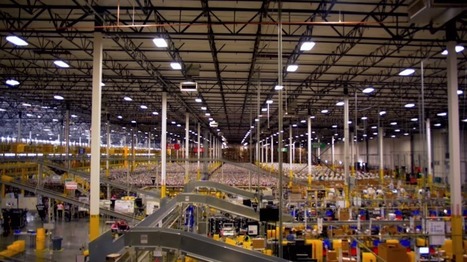

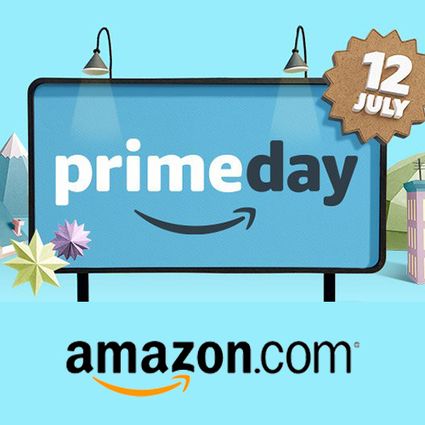


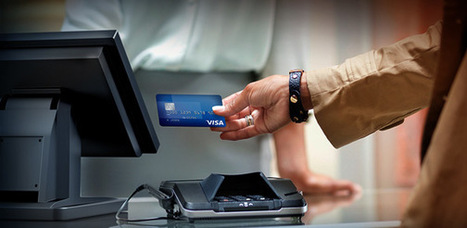
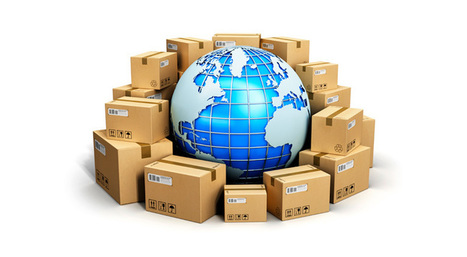
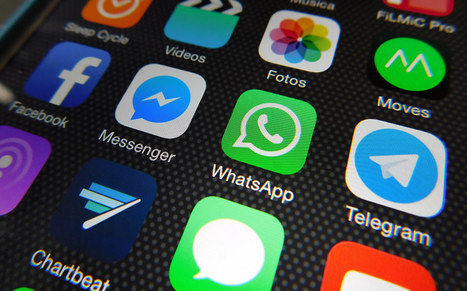
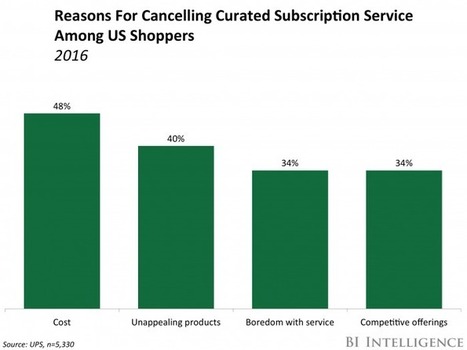







Want some impressive numbers for the size of e-commerce in the future? How does $1.671 trillion strike you for today's e-commerce sales? How about $3.570 trillion by 2019?